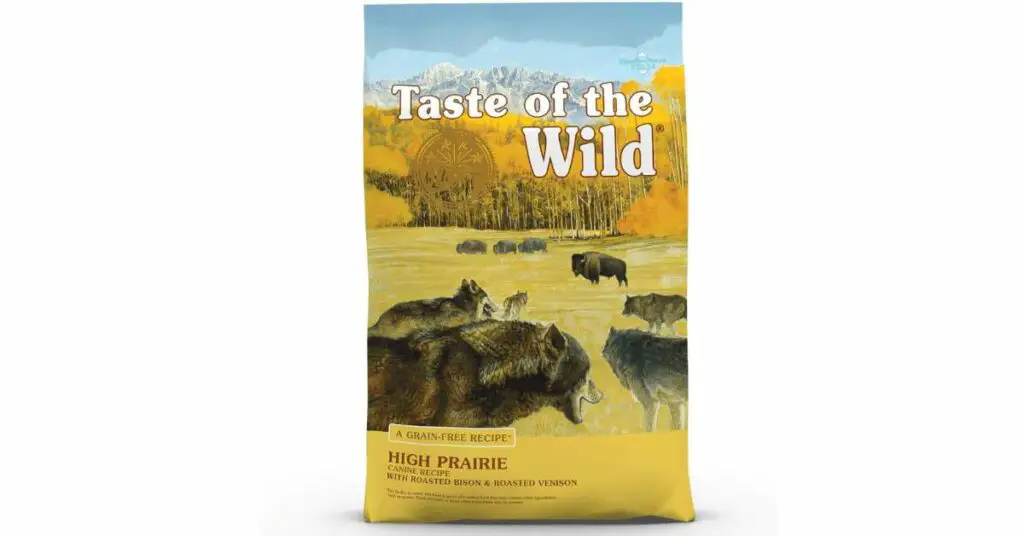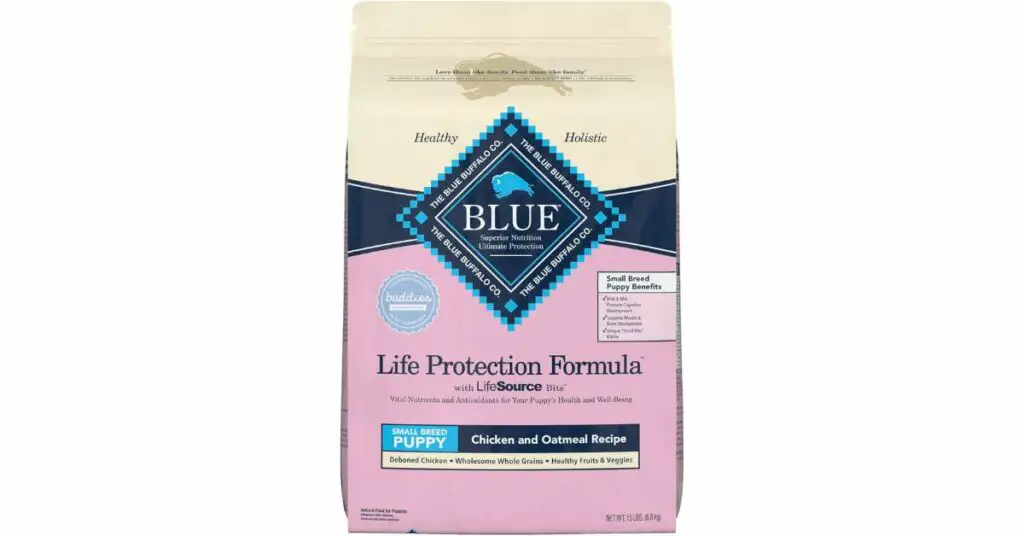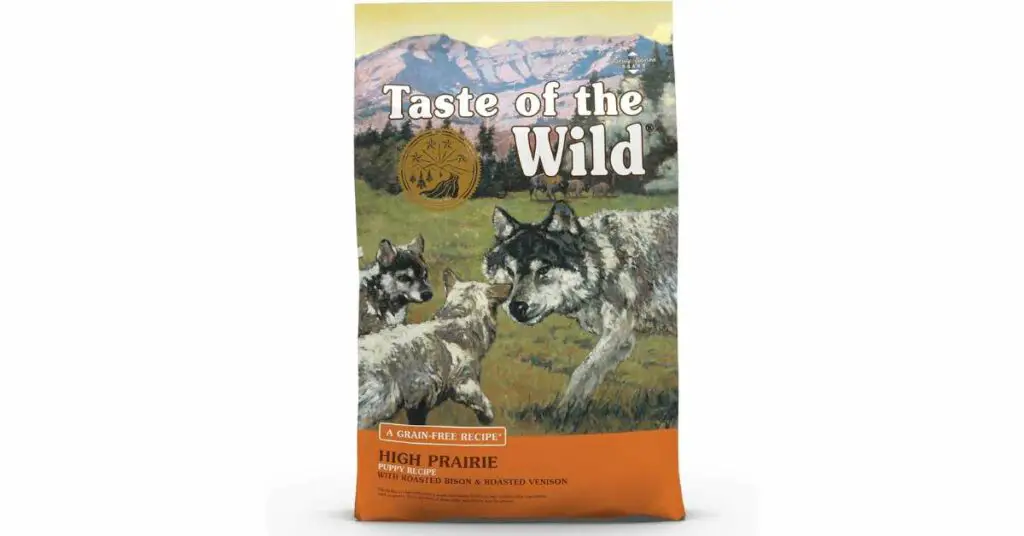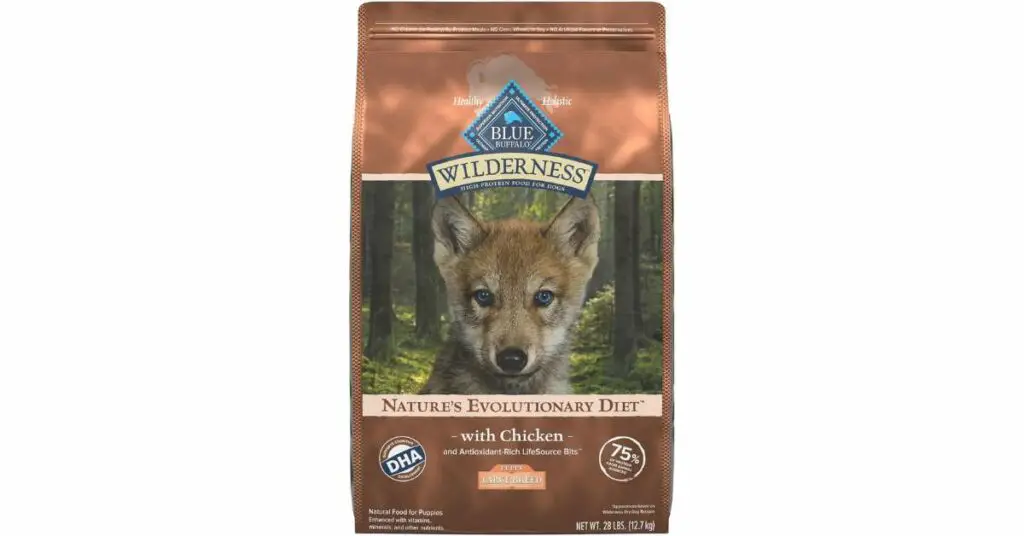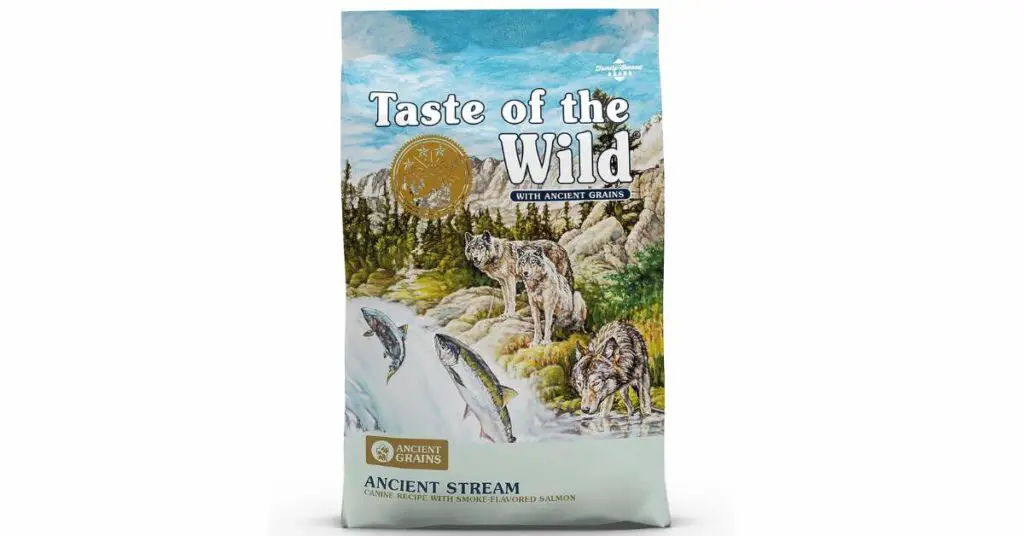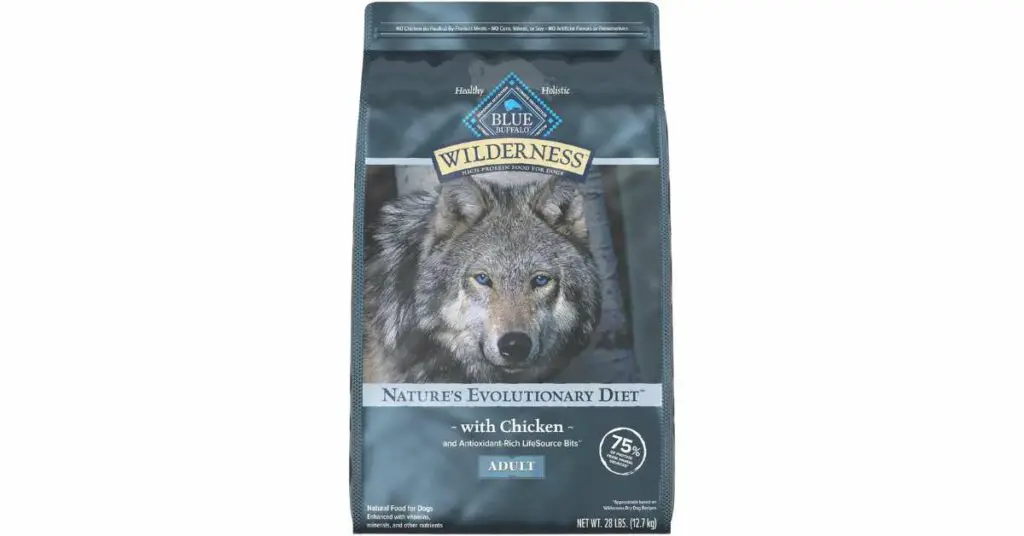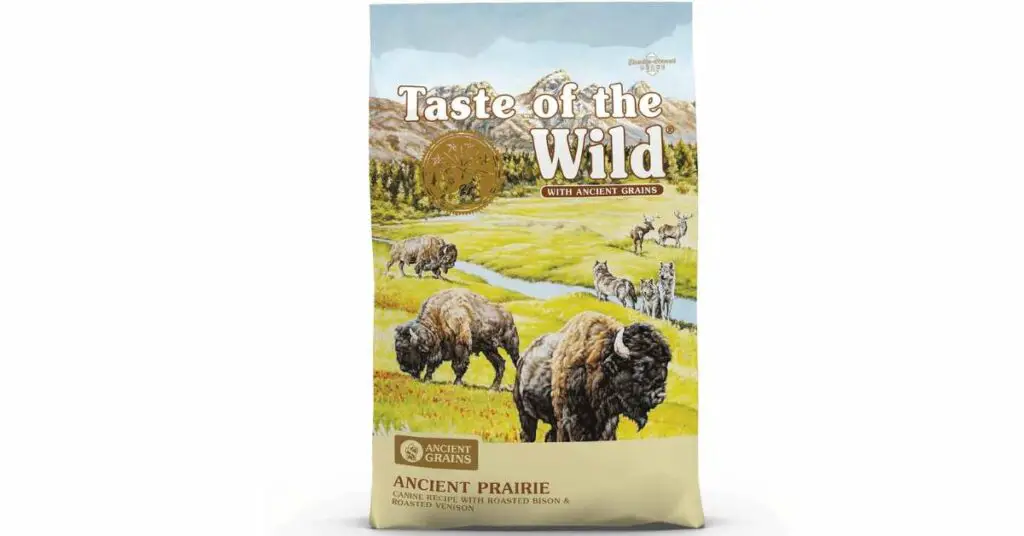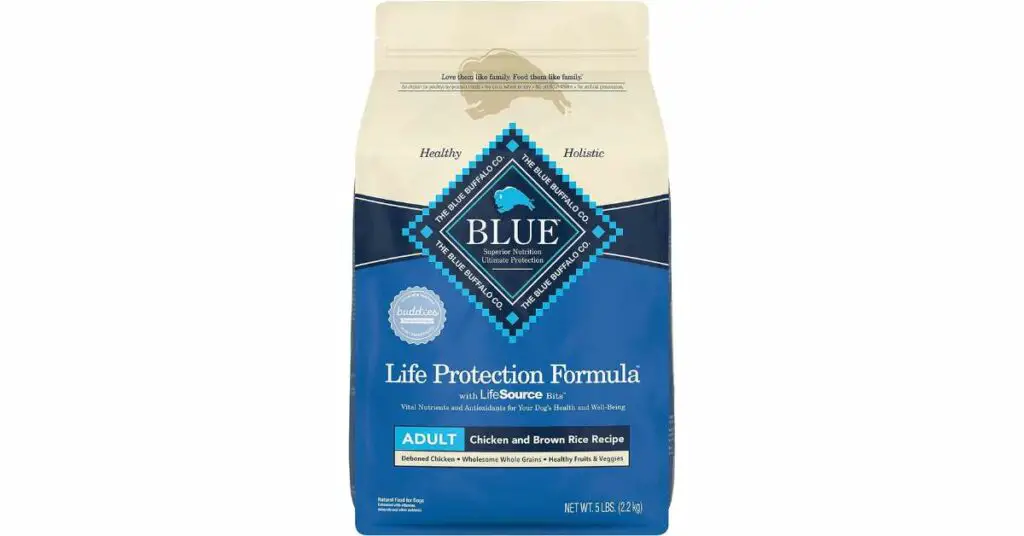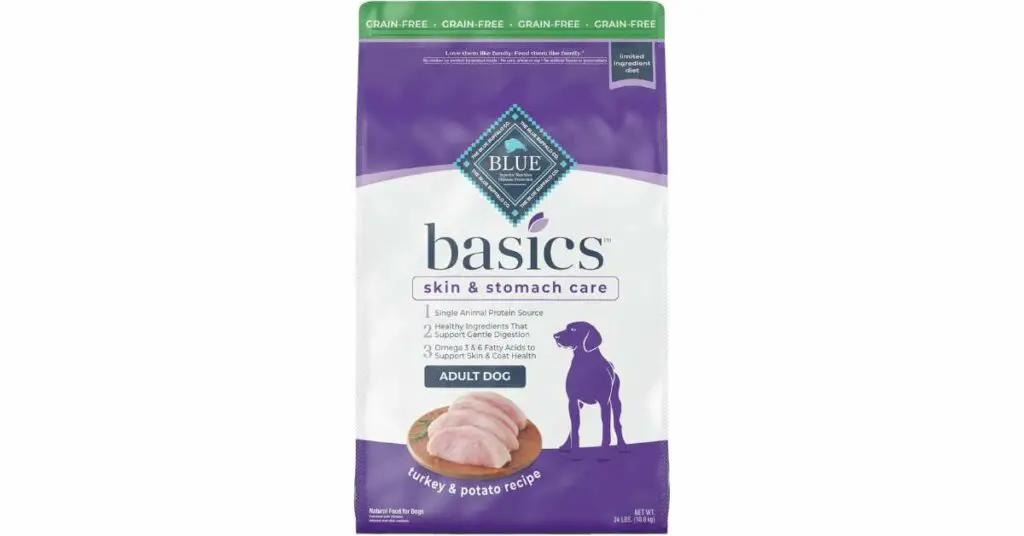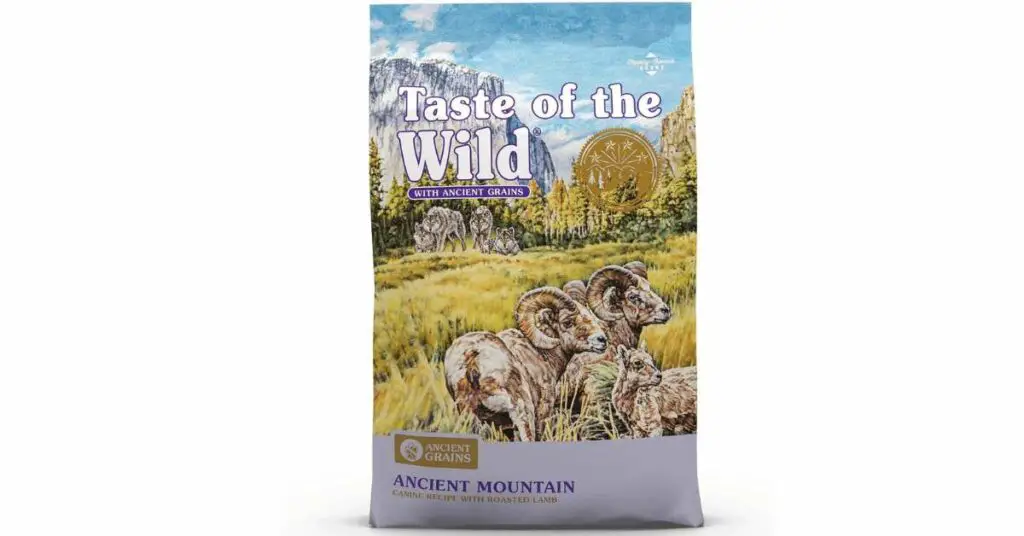Blue Buffalo vs Taste of The Wild: Which is Better? 2024 Updated
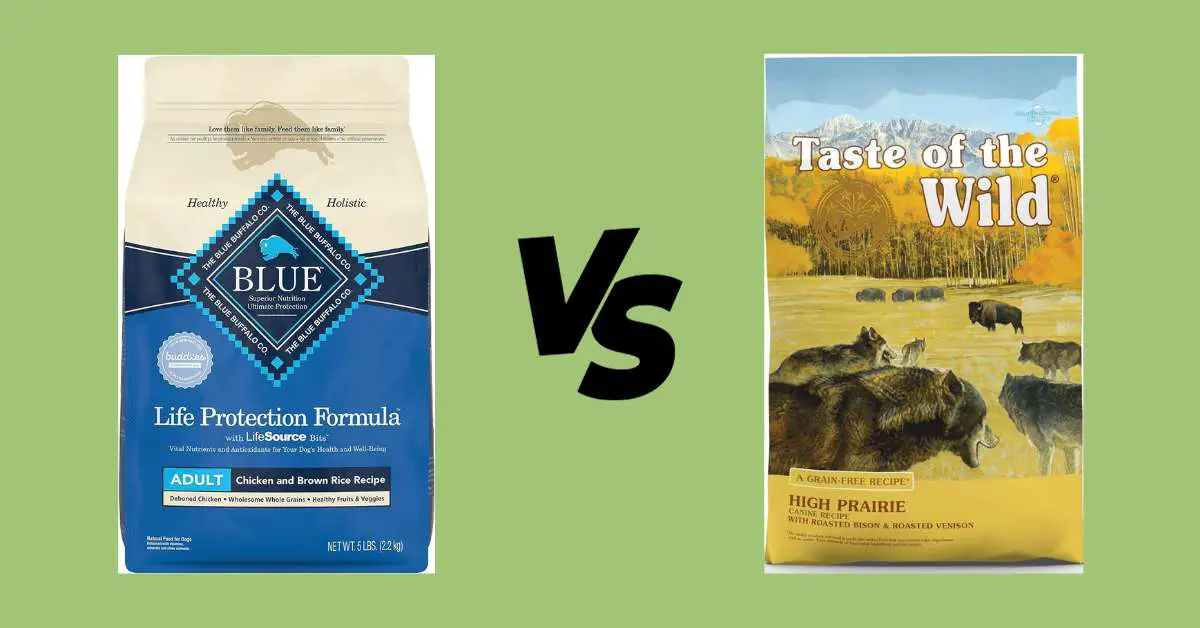
Key Takeaways:
- Blue Buffalo focuses on real meat, while Taste of the Wild offers novel protein sources.
- Blue Buffalo has breed-specific options; Taste of the Wild provides varied formulas inspired by natural diets.
- Both brands emphasize crucial nutrients like protein and fats for overall health.
- Your pick between Blue Buffalo and Taste of the Wild depends on your pet’s needs and your preferences as an owner.
In the ever-expanding universe of pet nutrition, the quest for the perfect kibble becomes a serious concern for dedicated pet parents.
When faced with the decision between two industry heavyweights—Blue Buffalo and Taste of the Wild—pet owners find themselves at the crossroads of choice.
In this comparative exploration, we delve into the intricacies of the “Blue Buffalo vs Taste of the Wild” dilemma, showing the mysteries behind these popular pet food brands.
Ready to make an informed choice? Let the pet food face-off commence!
Which brand is better for dogs with sensitivities or allergies?
Both Blue Buffalo and Taste of the Wild offer grain-free options and focus on high-quality, natural ingredients.
However, individual dogs may react differently. It’s recommended to try limited-ingredient formulas and consult with your veterinarian to determine the best fit for your dog’s specific needs.
Taste of the Wild Pet Food Ingredients vs. Blue Buffalo Pet Food Ingredients
According to PetMD.com, When it comes to choosing the ideal pet food for your furry companion, scrutinizing the ingredient list is paramount.
In the clash of titans – Taste of the Wild and Blue Buffalo – the battleground shifts to the quality and composition of their respective ingredients.
Here are the specifics of “Taste of the Wild Pet Food Ingredients vs. Blue Buffalo Pet Food Ingredients to elaborate the nutritional narratives behind these popular brands.
1) Taste of the Wild Pet Food Ingredients:
Taste of the Wild prides itself on crafting pet food inspired by the natural diet of wild animals.
With a commitment to quality, their formulas often feature real meat as the primary ingredient.
Common protein sources include venison, bison, salmon, and other meats that mirror what our pets’ ancestors might have consumed in the wild.
Additionally, Taste of the Wild incorporates a mix of fruits, vegetables, and legumes, aiming to provide a well-rounded nutritional profile.
The intensity of novel proteins and grain-free options caters to pets with specific dietary needs or sensitivities.
2) Blue Buffalo Pet Food Ingredients:
Blue Buffalo, on the other hand, has carved a niche in the pet food market by prioritizing natural and holistic ingredients.
Their recipes frequently include deboned meat, such as chicken, turkey, or fish, as the primary protein source.
Blue Buffalo takes pride in shunning artificial additives, opting for a blend of wholesome grains, fruits, and vegetables.
The inclusion of their proprietary LifeSource Bits, a precise blend of antioxidants, vitamins, and minerals, further underscores their commitment to comprehensive pet nutrition.
Crude Protein Comparison For Dog Food
According to the VCA Animal Hospital, ensuring your canine companion gets the right amount of protein is vital for their overall health and well-being.
In this “Crude Protein Comparison for Dog Food,” we’ll explore the protein content of two popular dog food brands: Taste of the Wild and Blue Buffalo.
1) Taste of the Wild:
Taste of the Wild is renowned for its intensity in providing dogs with a diet that closely mirrors that of their wild ancestors.
As a result, their formulas often contain high-quality animal proteins.
Common protein sources include real meat such as venison, bison, salmon, and other novel proteins, contributing to a protein-rich diet for dogs.
The crude protein content in Taste of the Wild dog food typically ranges between 25% to 32%, depending on the specific formula.
2) Blue Buffalo:
Blue Buffalo is another premium dog food brand committed to offering holistic and natural nutrition.
With a focus on real meat as the primary protein source, Blue Buffalo dog food often contains deboned chicken, turkey, or fish.
The crude protein content in Blue Buffalo formulas tends to range between 20% to 30%, with variations based on the specific recipe.
Factors to Consider:
According to Akc.org, When comparing crude protein content, it’s essential to consider your dog’s specific needs, age, and activity level.
Dogs with higher energy requirements, such as active breeds or puppies, may benefit from a dog food formula with a slightly higher protein content.
Crude Fat Comparison For Dog Food
Ensuring an optimal balance of nutrients in your dog’s diet is also important for their overall health, and one key component is dietary fat.
Crude Fat Comparison for Dog Food: Here we will delve into the fat content of two popular and highly-regarded dog food brands.
1) Taste of the Wild:
Taste of the Wild places a strong intensity on providing dogs with a diet that reflects the natural feeding habits of their wild ancestors.
The brand incorporates healthy fats from sources such as chicken fat and salmon oil, contributing to the overall well-being of dogs.
The crude fat content in Taste of the Wild dog food typically ranges between 14% to 18%, depending on the specific formula.
This range is designed to provide essential fatty acids to support a dog’s skin, coat, and overall immune health.
2) Blue Buffalo:
Blue Buffalo, known for its commitment to natural ingredients and holistic nutrition, includes healthy fats in its formulas as well.
Common sources of fat in Blue Buffalo dog food include chicken fat and flaxseed.
The crude fat content in Blue Buffalo formulas typically falls within the range of 12% to 16%, with variations based on the specific recipe.
These fatty acids play a crucial role in maintaining the well-being of the skin and fur, while also serving as a dense and essential source of energy for dogs.
Price Comparison: Which Brand Is More Expensive?
When it comes to choosing the right pet food, affordability is a crucial consideration for many pet owners.
Here are the cost dynamics between two popular pet food brands: Taste of the Wild and Blue Buffalo.
Taste of the Wild:
Taste of the Wild is often considered a premium pet food brand, reflecting its commitment to high-quality, natural ingredients that mirror a pet’s ancestral diet.
While the prices of Taste of the Wild products can vary based on factors such as formula and package size, they generally fall into the upper price range.
The use of novel proteins and quality ingredients contributes to the overall cost of this brand.
Blue Buffalo:
Blue Buffalo is also positioned as a premium pet food brand, emphasizing natural and holistic ingredients in its formulations.
Similar to Taste of the Wild, the cost of Blue Buffalo pet food can fluctuate based on specific formulas and package sizes.
The inclusion of deboned meat, exclusion of artificial additives, and proprietary blends like LifeSource Bits contribute to the brand’s higher price point compared to some mainstream alternatives.
Range Of Formulas: blue buffalo vs taste of the wild
According to veterninans.org, The range of formulas offered by dog food brands plays a crucial role in catering to the diverse needs and preferences of pets and their owners.
Let’s explore the spectrum of formulas available from two renowned brands: Blue Buffalo and Taste of the Wild.
1) Blue Buffalo:
Blue Buffalo boasts a comprehensive lineup of formulas, each designed to address specific dietary requirements and life stages.
The brand divides its offerings into different product lines, including BLUE Life Protection Formula, BLUE Wilderness, and BLUE Basics.
Within these lines, pet owners can find formulas tailored to various factors such as breed size, life stage (puppy, adult, senior), and specific health considerations like weight management or sensitive stomachs.
Blue Buffalo goes the extra mile by providing breed-specific formulations, recognizing that different breeds may have unique nutritional needs.
2) Taste of the Wild:
Taste of the Wild takes inspiration from the wild ancestral diet of dogs, offering a diverse range of formulas that mirror the natural diet of canines.
Their product line includes formulas like High Prairie, Pacific Stream, Sierra Mountain, and more.
These formulations feature novel protein sources such as venison, bison, and fish, catering to pet owners seeking variety and unique protein options for their dogs.
Additionally, Taste of the Wild offers grain-free options, recognizing the dietary preferences and potential sensitivities of some dogs.
Our Verdict – Blue Buffalo vs Taste of the Wild: Who Wins?
Determining the ultimate winner between Blue Buffalo and Taste of the Wild in the realm of pet nutrition is no straightforward task, as both brands offer commendable features that cater to different preferences and priorities.
The verdict ultimately hinges on individual pet needs, owner preferences, and specific considerations.
Blue Buffalo:
- Strengths: Blue Buffalo stands out for its holistic approach, emphasizing real meat as the primary ingredient, breed-specific formulas, and proprietary blends like LifeSource Bits.
- Ideal For: Pet owners seeking a premium brand with a focus on natural and holistic ingredients, breed-specific formulations, and a diverse range of options to address specific health needs.
Taste of the Wild:
- Strengths: Taste of the Wild shines with its commitment to providing a diet inspired by the natural feeding habits of wild animals, featuring novel protein sources and grain-free options.
- Ideal For: Pet owners looking for a variety of unique protein sources, grain-free formulations, and a diet that closely aligns with the ancestral eating habits of dogs.
Verdict:
The choice between Blue Buffalo and Taste of the Wild ultimately comes down to the specific needs of your pet and your personal preferences as a pet owner.
If you prioritize breed-specific formulas, holistic nutrition, and a wide array of specialized options, Blue Buffalo might be the preferred choice.
On the other hand, if you lean towards a diet inspired by the wild, novel protein sources, and grain-free options, Taste of the Wild could be the optimal fit for your furry friend.
Consider your pet’s age, size, activity level, and any dietary sensitivities when making this decision.
In the Blue Buffalo vs. Taste of the Wild face-off, the real winner is the one that aligns best with your pet’s individual needs and your vision for their overall well-being.

Blue Buffalo vs. Taste of the Wild: Frequently Asked Questions
1) Do these brands offer wet dog food options?
Yes, both Blue Buffalo and Taste of the Wild provide wet dog food options.
Wet food can be a great addition to a dog’s diet, offering hydration and a different texture.
Consider your dog’s preferences and dietary requirements when choosing between kibble and wet food.
2) Which brand is more affordable?
Affordability can vary based on the specific formula and package size.
Generally, both brands are considered premium so prices may be higher compared to some mainstream options.
It’s advisable to compare prices based on the specific product you’re interested in and consider factors like ingredients and nutritional value.
3) Are there breed-specific formulas available?
Blue Buffalo offers specific formulas tailored to the needs of different dog breeds.
Taste of the Wild, while not breed-specific, provides a variety of formulas suitable for dogs of all breeds and sizes.
Consider your dog’s individual requirements and consult with your vet to choose the most appropriate formula.
4) Do these brands use artificial additives or preservatives?
Both Blue Buffalo and Taste of the Wild pride themselves on avoiding artificial additives, colors, and preservatives in their recipes.
They prioritize natural ingredients to provide a wholesome and nutritious diet for pets.
5) Can I switch between Blue Buffalo and Taste of the Wild without any issues?
While both brands offer high-quality dog food, sudden diet changes can sometimes lead to digestive issues.
If you plan to switch your dog’s food, it’s recommended to do so gradually over a week or two to allow their digestive system to adjust.
6) Where can I buy Blue Buffalo and Taste of the Wild dog food?
Both brands are widely available and can be purchased at pet specialty stores, online retailers, and some grocery stores.
Check with local pet supply stores or the official websites of Blue Buffalo and Taste of the Wild for authorized retailers in your area.

Conclusion
In the competition between Blue Buffalo and Taste of the Wild, pet owners are faced with two premium options, each with its distinctive strengths.
Blue Buffalo, renowned for its holistic approach and emphasis on real meat and proprietary blends, caters to those seeking breed-specific formulas and a comprehensive nutritional profile.
Taste of the Wild, inspired by the ancestral diet of wild animals, offers novel protein sources and grain-free options, appealing to those who prioritize a natural canine diet.
Ultimately, the choice hinges on individual pet needs, owner preferences, and specific dietary considerations, with both brands aiming to provide a high-quality foundation for a pet’s well-being.

